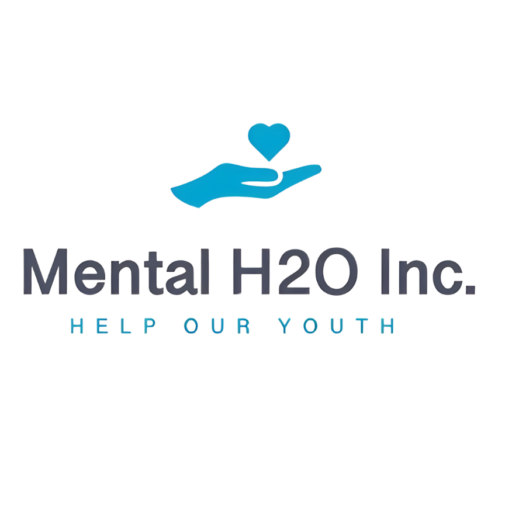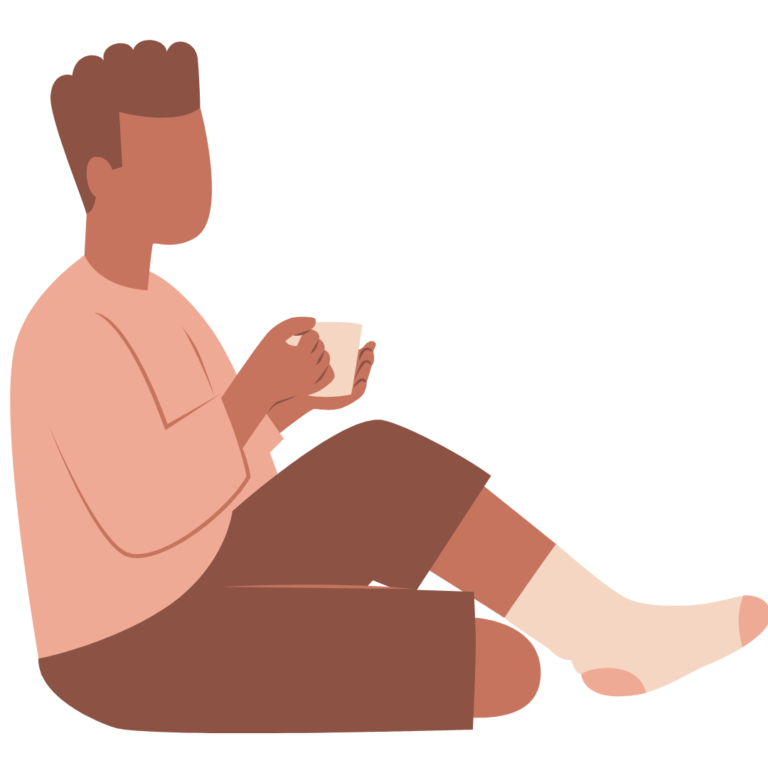According to renowned poet Dr. Maya Angelou, ‘If you don’t like something, change it. If you can’t change it, change your attitude.’ This sentiment lies at the heart of cognitive behavioral therapy, a powerful tool for reshaping negative thoughts and emotions. But how exactly does it work, and how can teens benefit from it?
Understanding Cognitive Behavioral Therapy (CBT)
Cognitive Behavioral Therapy (CBT) is a structured form of talk therapy. It helps individuals view challenging situations more clearly and develop more effective responses. CBT is commonly used to treat various mental health disorders like depression, PTSD, and eating disorders, but it can also benefit anyone looking to better manage stress and improve coping skills. CBT can help manage symptoms, prevent relapse, and improve coping strategies for emotional challenges, relationship conflicts, grief, trauma, medical illnesses, and chronic physical symptoms. It’s often combined with other treatments such as medication for more effective outcomes.
Identifying Negative Thought Patterns
A fundamental part of Cognitive Behavioral therapy is identifying cognitive distortions. Cognitive distortions are negative or irrational patterns of thought. Common cognitive distortions are viewing situations as all-or-nothing, making broad conclusions based on a single event, or expecting the worst-case scenario to happen. An example of these distortions is thinking if you don’t get a good grade you are a failure. Through techniques like thought journaling, you can gain insight into your thought patterns and begin to distinguish between realistic and distorted thinking.
Practical CBT Techniques
By practicing practical CBT techniques you can challenge and reframe negative thoughts. One technique is a thought record, a tool used to identify, evaluate, and restructure unhelpful thoughts. To use a thought record you think about what happened in the situation, your feelings, unhelpful thoughts you had, evidence to support your unhelpful thoughts, evidence against your unhelpful thoughts, realistic or neutral thoughts, and lastly how you feel now. By filling out a thought record, you can develop more balanced perspectives.
Other useful techniques can include cognitive restructuring, behavioral activation, or relaxation methods. Cognitive restructuring is used to help reduce negative thoughts with more balanced ones Telling yourself positive affirmations such as, “I am worthy of happiness,” can go a long way to reduce negative thoughts. Behavioral Activation is engaging in positive activities
to improve your mood. Relaxation methods can come in the form of practicing breathing exercises.
Overcoming Challenges with CBT
Cognitive Behavioral therapy can come with its drawbacks. CBT can involve confronting emotions and anxieties, which may cause initial discomfort. It takes time to work, so you might lose motivation. To stay motivated and consistent with CBT, it could be helpful to set realistic goals that have smaller and achievable steps, set reminders, and track your progress.
Conclusion
In conclusion, cognitive behavioral therapy offers a roadmap to navigate the complexities of emotions and mood. By recognizing and challenging negative thought patterns, you can cultivate a healthier mindset and enhance your overall well-being.
Written By: Amari Bell, Mental H2O Youth Resource Writer
References
Cognitive Behavioral Therapy – Mayo Clinic. 16 Mar. 2019, www.mayoclinic.org/tests-procedures/cognitive-behavioral-therapy/about/pac-20384610.


